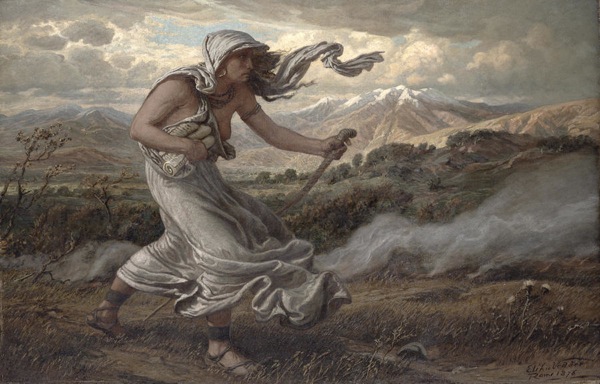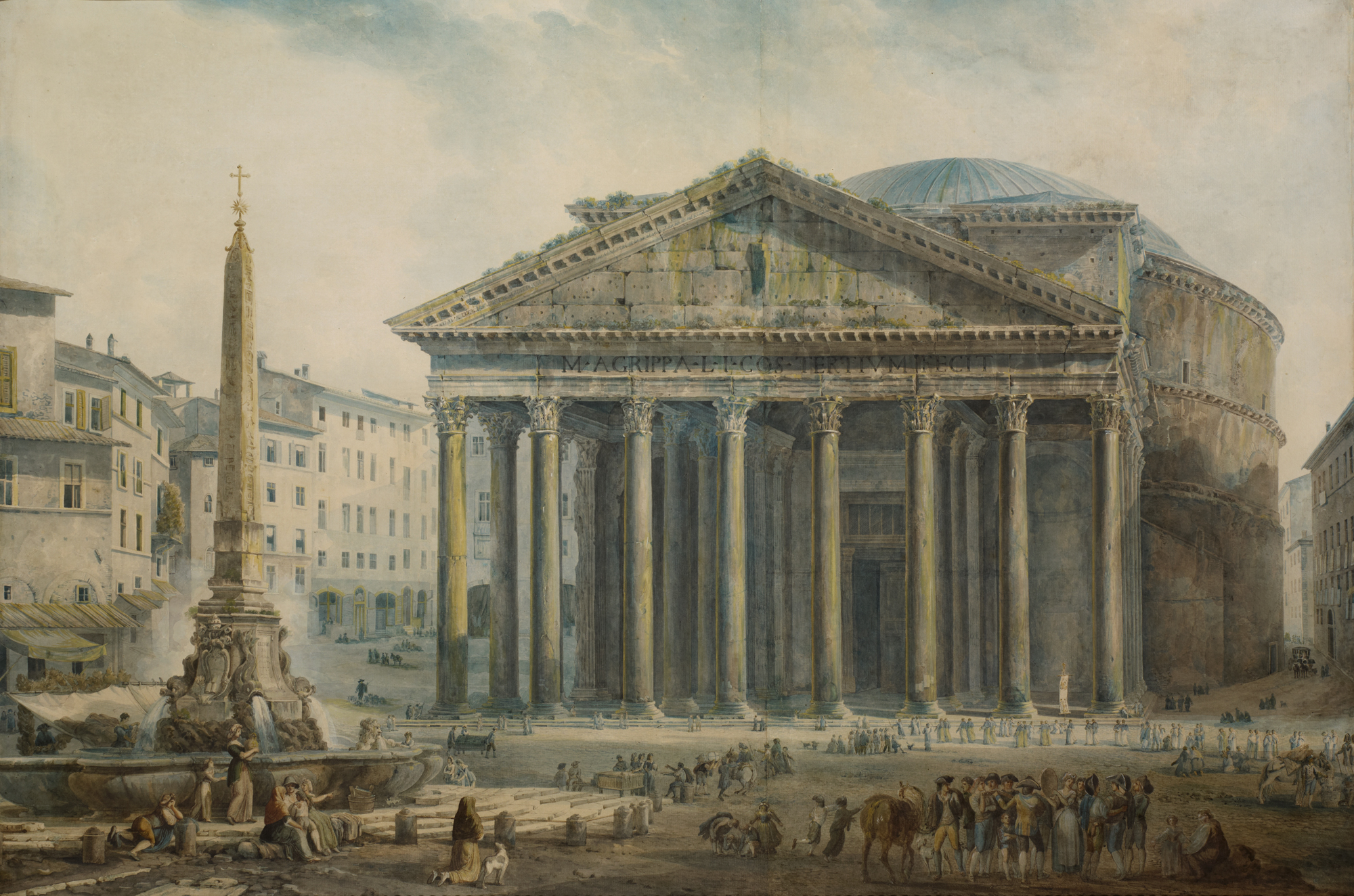This week, as a follow up to last week’s post on the Oracle of the Dead, I want to look at the ancient world’s Vegas, a resort town called Baiae.
Those Romans weren’t all work, you know. They rather liked their summer holidays – although the transportation wasn’t as comfortable as a first class airline seat or even a 1960s double-decker London bus…
Unlike today where people flock to the beach on hideously hot day to swelter on the eye-searing white sand (can you guess, I’m not a real fan of the beach?), wealthy Romans took their seaside “va-cays” in a much more civilised spring season, then retreated to the cool of the mountains in the height of summer.
Mind you, being in Rome without modern sanitation would not have been pleasant. Pe-ew!
Actually, travelling to your destination wouldn’t have been much fun either.
Today a jaunt from Rome to Naples is 255 kilometres away and would take a leisurely two and a half hours on the E45. According to ORBIS, the Google Maps for the ancient world developed by Standford University, the same journey in ancient times would have taken six days.
Romans would travel in a raeda, a carriage with four noisy iron-shod wheels, many wooden benches inside for the passengers, a clothed top (or no top at all) and drawn by up to four horses or mules. The raeda was the equivalent of the bus today and Roman law limited the amount of luggage it could carry to 1,000 libra (or approximately 300 kilograms).
One of the most popular resort cities for the rich and famous was Baiae, on the Bay of Naples (now called Baia) . The little resort by the sea was renowned for its spas, brothels and gambling houses.
Now, if the name sound familiar, I should point out that infamous Emperor Caligula was quite a fan and in one of his piques of madness ordered pontoon be built across the Bay of Naples at Baiae. For what purpose?
Caligula’s bridge procession drew on imagery from both the Greco-Persian wars tradition and the Alexandri imitatio. The competing ideologies that these traditions sustained then clashed, to deleterious effect, within the confines of a single event. The emperor’s pageant simultaneously told two different stories with two different morals. The result, as I demonstrate, was the sort of spectacle that emerges from the ancient sources: bombastic, devoid of clear meaning, and the work of a ruler who was slowly slipping into madness.
Seneca The Younger, the ancient Roman philosopher wasn’t a fan, although he was prepared to put up with it… sort of:
Every man does the best he can, my dear Lucilius! You over there have Etna, that lofty and most celebrated mountain of Sicily; (although I cannot make out why Messala, – or was it Valgius? for I have been reading in both, – has called it “unique,” inasmuch as many regions belch forth fire, not merely the lofty ones where the phenomenon is more frequent, – presumably because fire rises to the greatest possible height, – but low-lying places also.)
As for myself, I do the best I can; I have had to be satisfied with Baiae; and I left it the day after I reached it; for Baiae is a place to be avoided, because, though it has certain natural advantages, luxury has claimed it for her own exclusive resort. “What then,” you say, “should any place be singled out as an object of aversion?”
Not at all. But just as, to the wise and upright man, one style of clothing is more suitable than another, without his having an aversion for any particular colour, but because he thinks that some colours do not befit one who has adopted the simple life; so there are places also, which the wise man or he who is on the way toward wisdom will avoid as foreign to good morals. Therefore, if he is contemplating withdrawal from the world, he will not select Canopus (although Canopus does not keep any man from living simply), nor Baiae either; for both places have begun to be resorts of vice.
At Canopus luxury pampers itself to the utmost degree; at Baiae it is even more lax, as if the place itself demanded a certain amount of licence.
Sadly there is very little to see of this historic resort town today. Much of Baiae has slid into the sea as a result of landslips and earthquakes and what remains are ruins. The good news for today’s divers is a Baiae makes a fascinating underwater adventure with plenty of statues and mosaics preserved by the sea.
For Dark Heart I imagined Baiae looked a lot like the Amalfi coast with terraced buildings and streets, so I’m afraid I’ve taken a bit of artistic licence when it comes to describing the town, which I’ve done based on photographs and historic maps (But 19th century watercolours are much more fanciful and fun).

Frederick Pepys Cockerell, 1833-1878 At Baiae
Created for book lovers
Join Elizabeth’s Library Book Club today for free reads, exclusive excerpts, competitions and more![/vc_column_text][mk_button corner_style=”rounded” size=”medium” url=”http://box5218.temp.domains/~lizabga3/index.php/homepage/book-club/” target=”_blank” align=”center” margin_top=”6″ animation=”fade-in” bg_color=”#ff0202″]Join Now!
[/mk_button][/vc_column][/vc_row]

